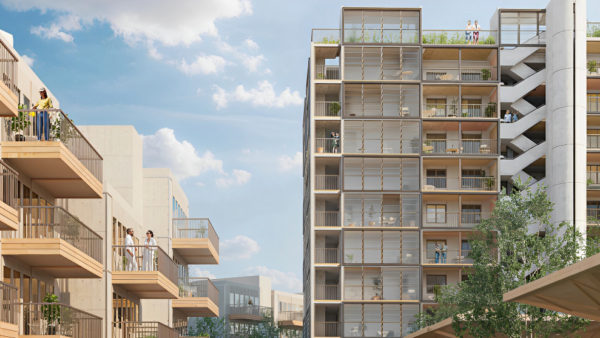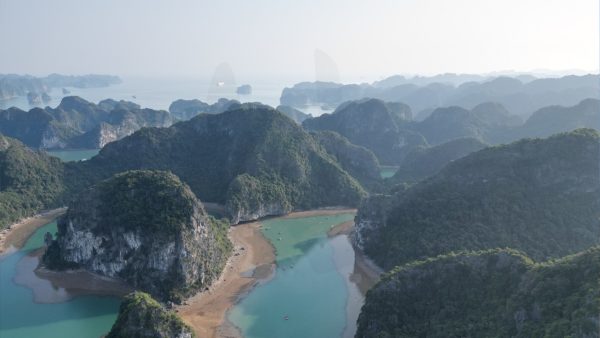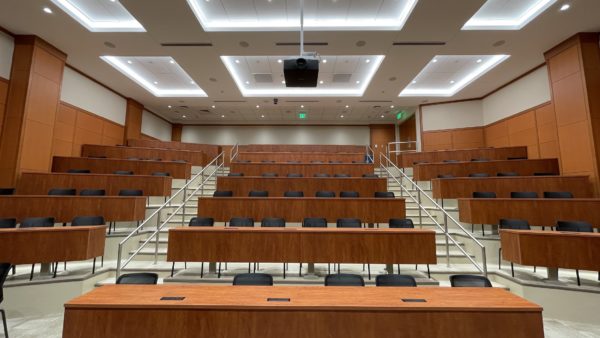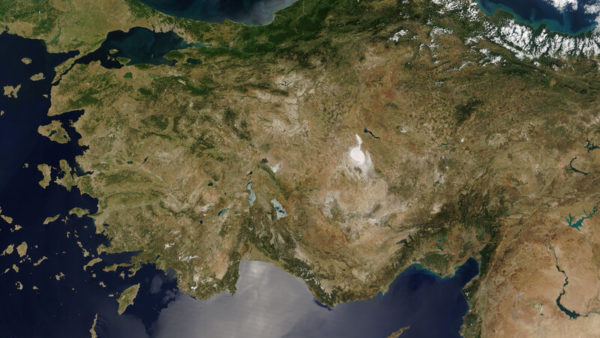Kansai International Airport in Osaka is planning to spend about $910m over the next six years to increase capacity at Terminal 1 and improve the facility’s resilience to disasters such as Typhoon Jebi, which flooded one of its two runways in September.
Kansai is build on a man-made island and has little room to expand, so the upgrades will consist of rationalising layouts and using digital technology to speed up procedures.
The safety improvements will include raising seawalls around the island and installing concrete blocks to dissipate waves.
Electrical equipment under Terminal 1 will be moved above ground and outfitted to keep out water, avoiding the power cuts that occurred when Jebi struck.
Yoshiyuki Yamaya, the chief executive of Kansai Airports, commented to the Nikkei Asian Review: "A competition has arisen worldwide to build more efficient terminals using information technology and other tech, and we’d like to bring those ideas to Kansai International. We’ll strive to finish the renovations before Osaka’s 2025 world’s fair."
The work has a deadline of 2025, when Osaka hosts the World Expo. The aim is to increase capacity by 10 million passengers.
In 2017, Kansai had just short of 28 million passengers, making it the third busiest airport in Japan after Haneda and Narita.
Since 2016, Kansai has been operated on a 44-year lease by a consortium made up of Vinci Airports (40%), Japanese finance house the Orix Corporation (40%) and Kansai Airports (20%). In 2017, the consortium completed an upgrade of Terminal 2, which handles budget carriers.
Some 60 airlines use Terminal 1, which handles around 80% of all flights to and from the hub.
Image: Kansai airport is built on an artificial island in Osaka Bay (Tdk/CC BY-SA 3.0)
Further reading:










